Hey everyone! Today, we’ll be writing a review about the PureLock, the new all-in-one linelocker from the Australian brand Pure Slacklines. Before I’ll get into detail, I must make a sidenote that I could be partly biased. I’m working for one of the major slackline brands at the moment (insiders know which one), and we are also selling one of the direct competitors of the PureLock. However when I am not working, I am an avid slackliner and gear enthousiast. I received one PureLock a few weeks ago, and I have put it to use quite a few times. This hopefully puts me in a good position to write some words about the PureLock.nnFirst of all, let’s start with the design. As soon as I received the box, I was amazed by the lack of weight. It was hard to believe that there was a weblock and a shackle inside. The PureLock is CNC milled from a block of 7075 aluminium, which seems to become the standard nowadays for weblocks. Due to this, the PureLock weighs a total of 243 grams. nnThe design is different from all weblocks on the market and slighty reminds of Landcruisings Airbow + Lockman combination, which has only been in prototype production so far. It consists of an aluminium shackle body and a lock insert. There are a few interesting things here. First of all, there is an aluminium shackle which is used in a very clever way. The front pin as the shackle also acts as the front pin of the weblock. This saves a lot of weight, and allows for a variety of connections to be made straight to the shackle bow. The lock insert can be removed and added easily from the shackles body. nnIt seems fairly big in comparison to other weblocks (see picture), but it is lighter than any other weblock + shackle combination. Only the Lynx 4 beats it at 197g and 230g, but they don’t come with a built-in shackle. All in all, I think it’s impressive to offer a weblock and a shackle at such weight and size. Even just the aluminium shackle would be a joy to use on projects where light weight is required. The bow is a fairly bit bigger than the bow of a standard 12mm stainless steel shackle. I find that especially on highliners, a bigger shackle bow allows your rig to equalize better when you are working with strands of static rope or multiple strands of spansets. This brings me to the functionality part of the PureLock.n
nThe most noteworthy thing here is the fact that there is a shackle built into the weblock which you can access. This means you can install it directly in pulleys, to slings, to a soft-release system or as your main anchor point on a highline setup. Once your shackle is in place, you can insert the locking part and your shackle will be closed. The huge variety is a big plus for this weblock. For highlines, I like building my anchors from static rope. The PureLock seems perfect for this, as the shackle bow has enough space to accomodate many strands of spansets. In the pictures I have used 8mm rope. In this way it offers the same benefits as a Ramlock, with an added pretensioning function. You don’t need any other connectors for this weblock, as the weblock is the connecter itself. This function we have seen in weblocks with a double push pin, but they don’t have the ability to be tri-loaded. Versatilty is the key feature of the PureLock, and it does a pretty good job at it!nnHowever, in my opinion it is not yet the perfect weblock design. The function to use your weblock as a rigging plate has been really useful to me, and is something that I would miss when creating lightweight rigging systems. Hopefully in the future, gear designers will be able to combine all these functions into the first true all-in-one multi purpose weblock. Still, I would absolutely take the PureLock for projects where a lightweight setup is required.nnThe construction is quite clever, and high quality springs are used to keep the shackle pin and lock insert in place. As Philipp Gesing mentioned in his review about the PureLock, the clicking noise sounds very clear and indicates a high quality weblock. So far, I have gently abused my PureLock. It has seen action on a waterline where it got wet and covered with sand. There seems to be no impact to the internal mechanisms, and I am fairly sure it would hold up well in the future. One note: it’s easier to replace a push pin on a weblock than any part of the PureLock. On the same note, I would have really liked to see a small cord keeping the lock insert and shackle connected. Pure Slacklines did a good job by eliminating the need for a cord cor the pin, but I’m sure I’ll be really, really careful when handling my PureLock in places where a dropped lock insert would mean a failed project. n
Now let’s talk about how the PureLock actually does as a weblock. Attaching goes easy, thanks to the big bow. The lock insert slides in fine and easy, and you can install your webbing. It’s easy that you can install the pushpin easily with one hand, as it’s captive and will always be pushed in straight. Once it locks (click!) into place, you are ready to pretension. It pretensions smooth and well, also with a Buckingham system. However, the side plates are quite low. It doesn’t hold a 1.5 wrap, double wrap or double webbing. Because of the low sideplates, the mainline would ‘walk’ out of the weblock a lot faster than on other weblocks, especially with thicker webbings. This is something to pay attention to when highlining with the low tensions nowadays with all weblocks, but especially with this one. nnAnother small note: the PureLock is really not easy to open with one hand. You need two hands to operate the device, and take the front pin out. I found this out when hanging with one hand from a branch 5 meter above the ground while derigging a waterline.nnAll in all it’s a really interesting weblock. The design shies away from the conventional one with two (bent) sideplates. This is a development that I can only encourage. It does many things well, many things exceptionally well (low weight, versatility), and some things not-so-well. It is surely in the top of the market when it comes to design, production and quality. I am sure I’ll have one in my pack regularly, as the versatility and low weight overcome the minor flaws that it has. Overall, it is a good weblock, but not perfect in my opinion. The perfect weblock still needs to be invented. I am interested to see how the PureLock holds up against it’s German counterpart which is still in prototype phase, the Landcruising Airbolt. nnSoon we will take a look at the SeaHorse from Slacktivity, another weblock that offers some unique innovations and key features. Perhaps I’ll review some more weblocks if there is a demand for it!n
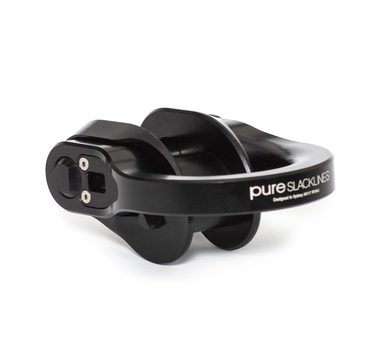
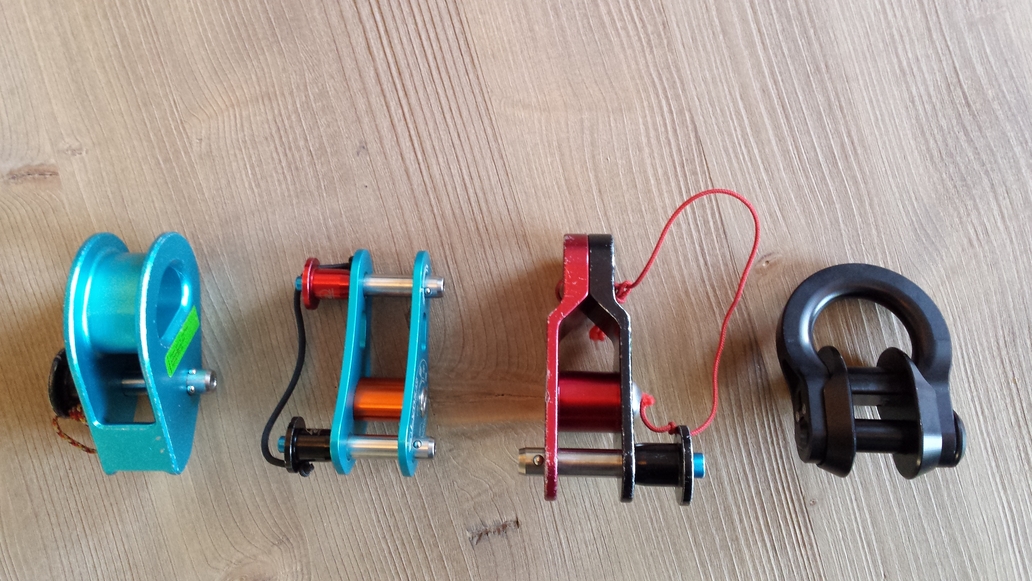
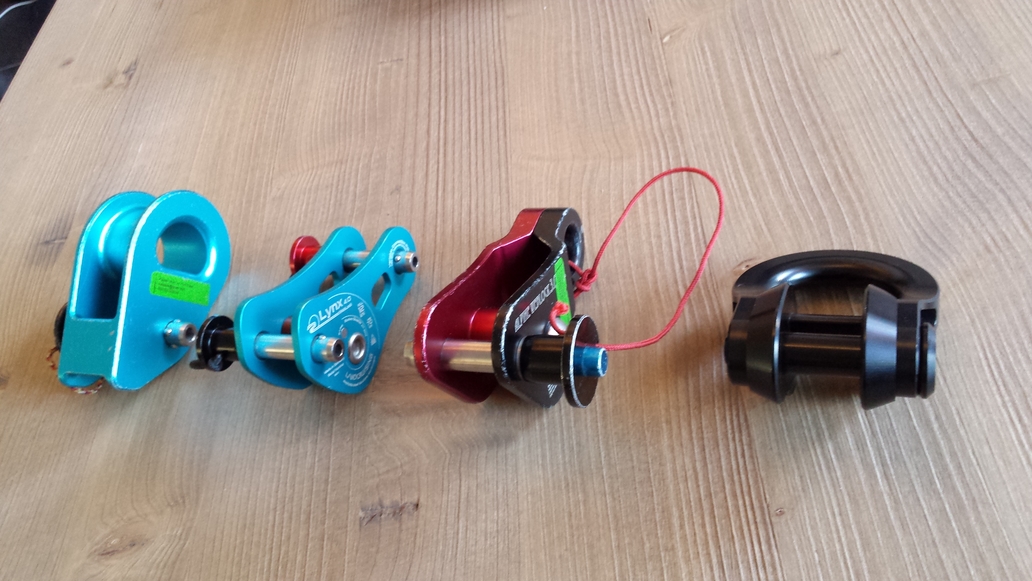
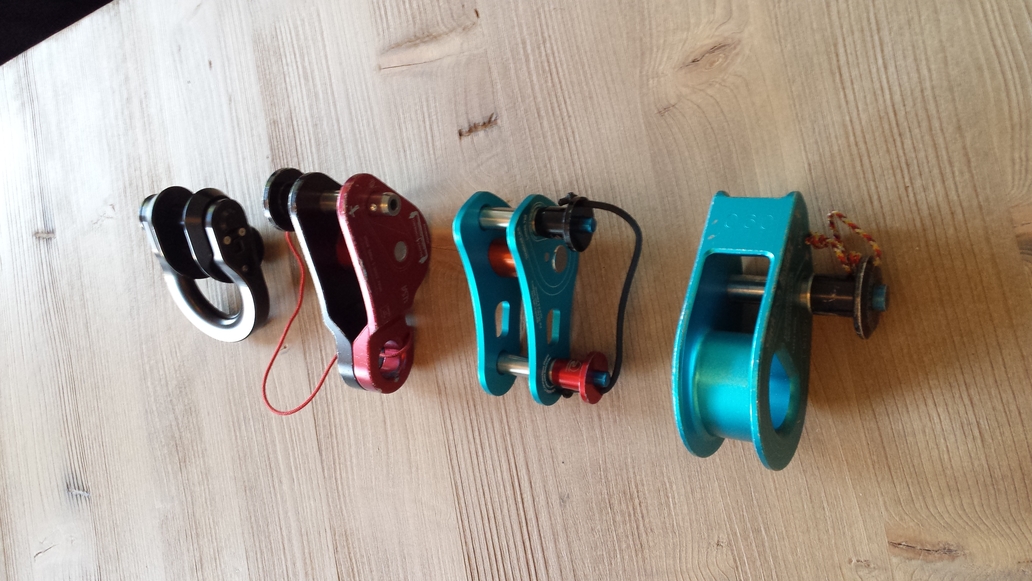
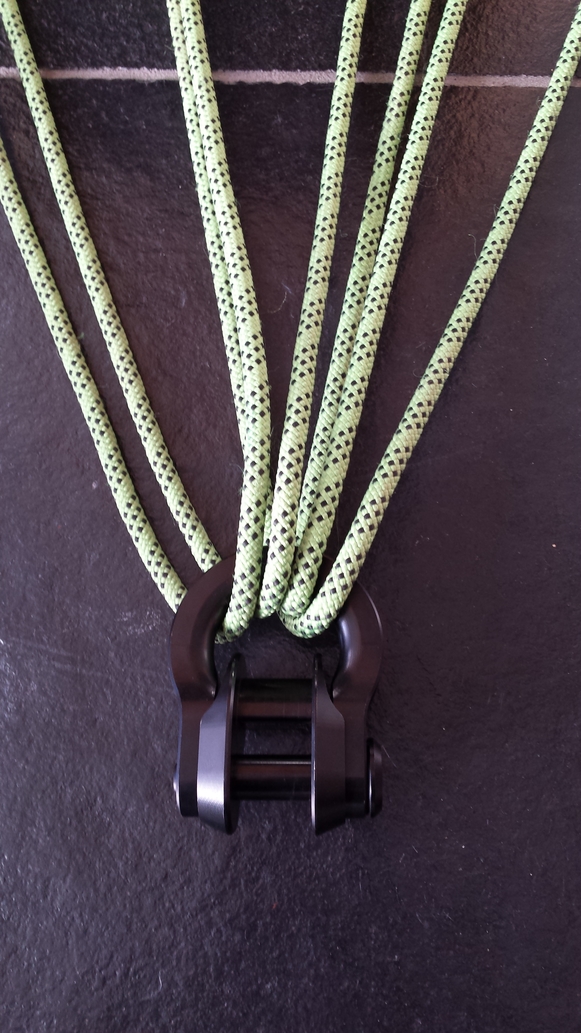
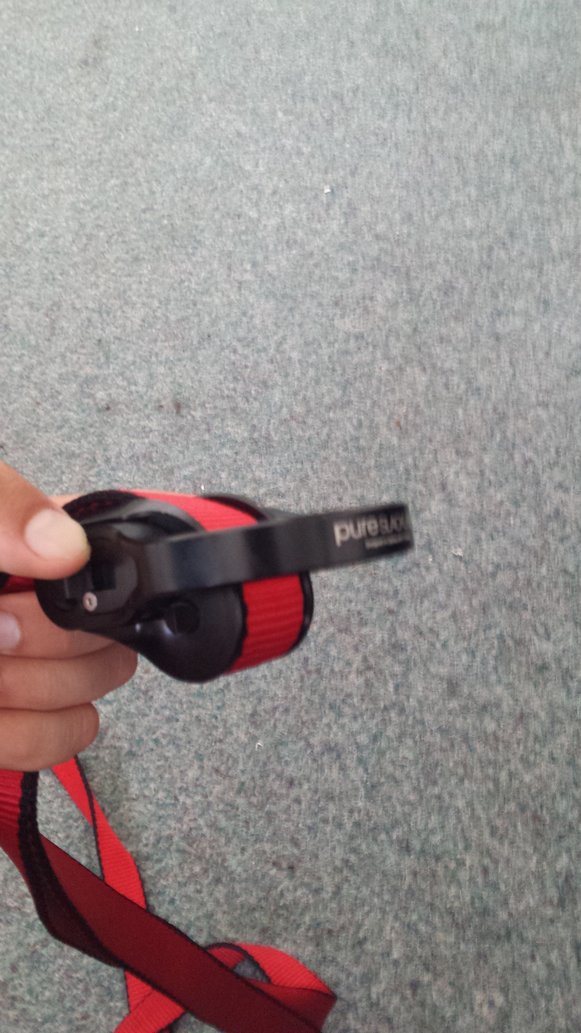
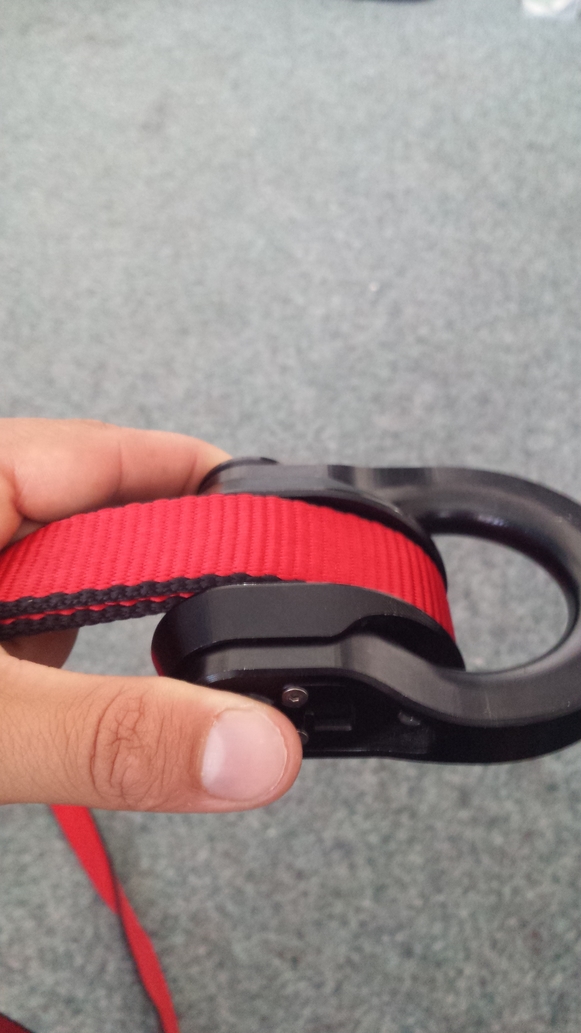
Laat een reactie achter